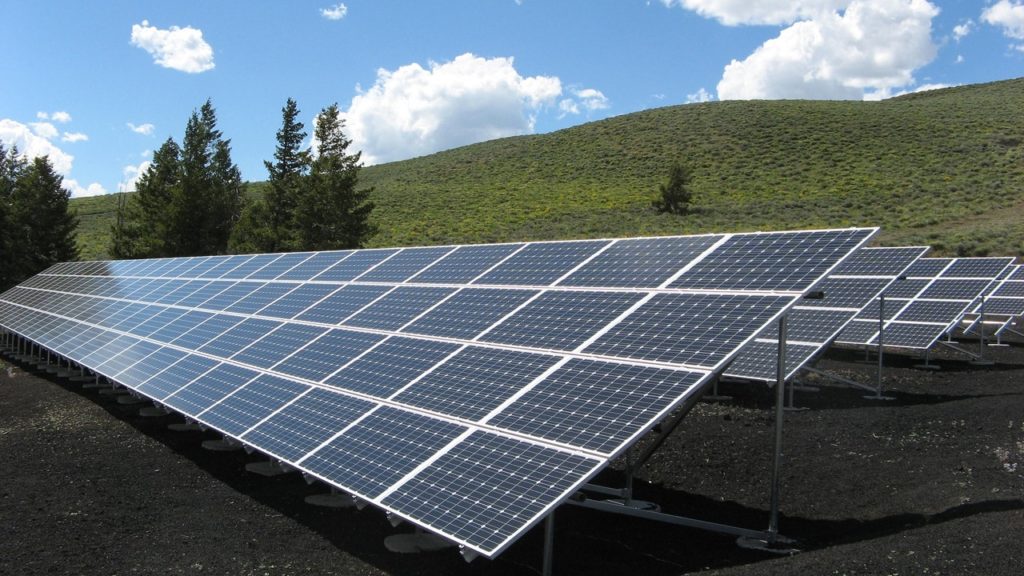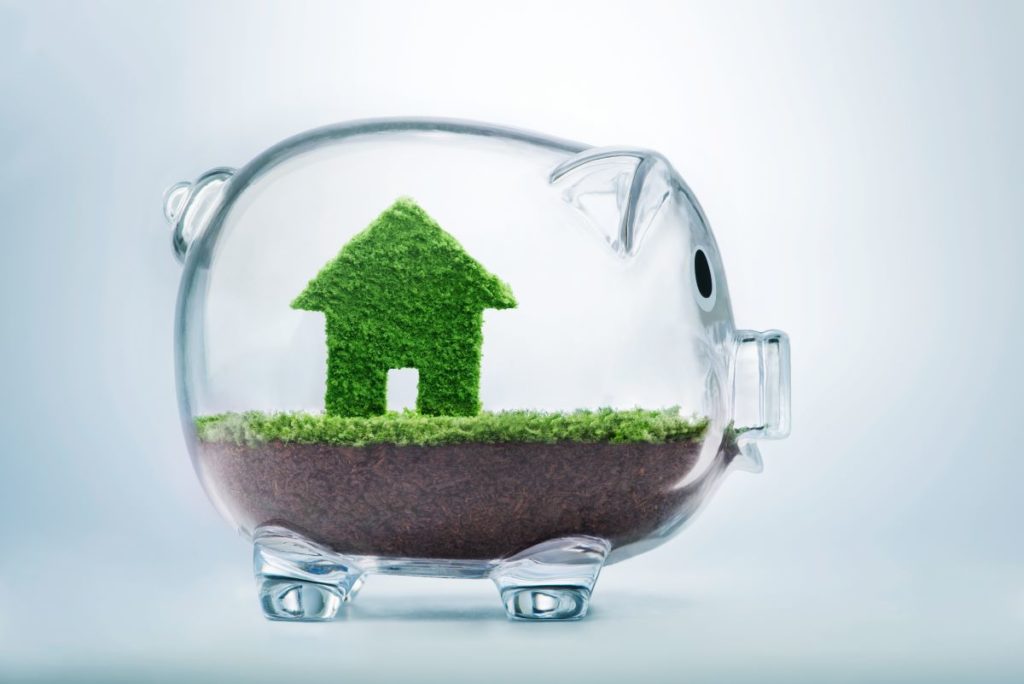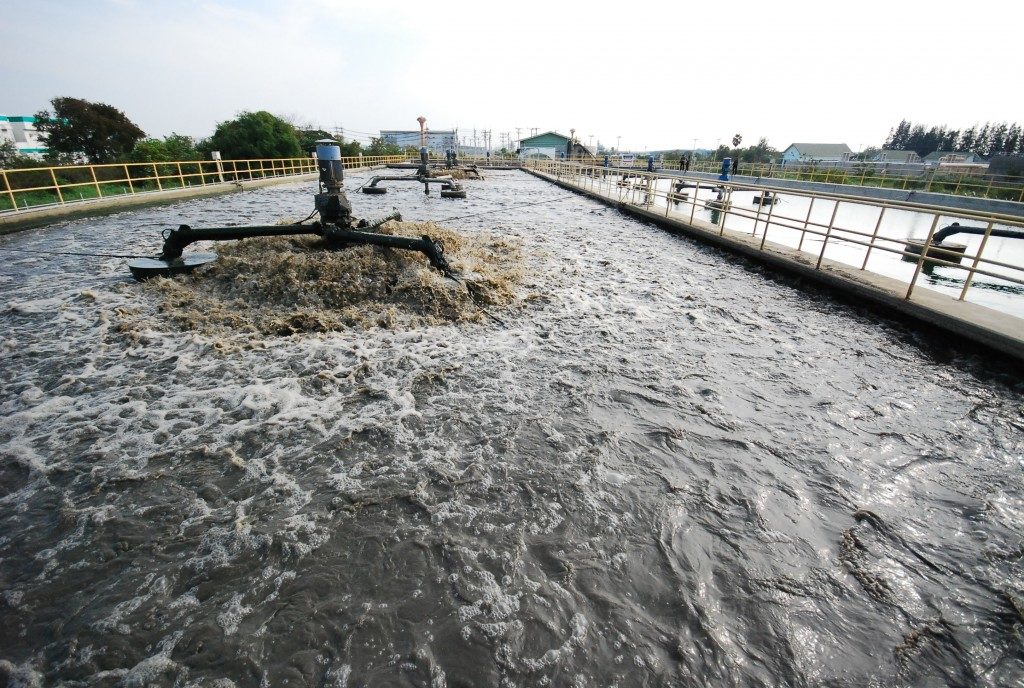We’re facing many disasters related to climate change. Wildfires out west might have you thinking, “It’s time to sell my house and move somewhere safer.” Hurricanes down the east coast pose a similar problem. Even the spread of, and increased susceptibility to, Covid-19 has been linked to our changing climate.
The truth is, this global problem is inescapable. No matter where we live, we’re already suffering its effects. Some places are being hit harder than others, and it certainly makes sense for people in those areas to consider relocating. But we can’t ignore the big picture.
We need to start doing more daily, effective immediately, to help our planet. And for most people, those changes don’t just begin at home but directly involve the home somehow.
Setting a target
The collective activities of humans cause climate change. Short of living in a cave and sustaining ourselves as hunter-gatherers, we all rely in some way on fossil fuels.
There are many lifestyle adjustments we can make to achieve this reduction. But the highest-impact measures are the ones that affect your daily living. Thus, people have been encouraged to change the way they eat, go vegan, or skip driving and use public transportation, walk, or bike instead.
But we need to set our goals higher. The target reduction in emissions each year for the next decade is 7.6% each year. Exceeding this amount is even better because we can only account for ourselves. Who knows if others will be so compliant?
And the home is the biggest target of all. Everyone needs shelter. It’s among the basic survival needs. The built industry accounts for 40% of energy consumption in the US and almost half of our emissions. Changing the way we construct and live in our homes each day is the most impactful area where we can start making a difference.
Using clean energy

Within this aspect of our lives, the single biggest change you can make to lower your carbon footprint is sourcing energy itself. Switch to renewables. Check with your local utility or an alternative energy provider to see what arrangements are available in this regard.
For those who live in locations where prevailing conditions are favorable, built-in features to generate clean energy may be an option. These would typically be solar panels, which may also be incentivized by local policies. In wide-open, windy areas, a wind turbine installed on the roof can also help offset your energy costs.
Maximizing energy efficiency
How you use energy is closely tied to that previous consideration. Regardless of how much you can source from renewables, you have to tighten your consumption.
Too many of our behaviors around the home result in needless energy usage. For instance, setting thermostats a couple of degrees lower in winter or warmer in summer is unlikely to affect our comfort perception. But it will help lower consumption.
Overall, the greatest energy cost comes from our need to thermoregulate homes. In cold climates, good insulation and passive solar heating features will save a lot of energy for this purpose. For warm regions, increasing shade and ventilation can offer the same benefits.
Resist the urge to buy
Often, when people become more environmentally-conscious and take measures to live sustainably, they switch to more energy-efficient versions of their appliances. While that’s a good choice in the long haul, it doesn’t necessarily make sense to dispose of something that’s still working fine.
Buy better, more efficient appliances when you currently have is at the end of its life cycle. In general, don’t buy things for your home that aren’t really needed.
If you must make a purchase, see if the second-hand market will offer functional value. It will reduce the demand for companies to make more of a product. And since the manufacturing and transporting of goods will always use fossil fuel, you’re helping the environment as well.
The decision process
Perhaps the biggest opportunity for you to lower emissions, however, lies in the decision to purchase or build a new home itself.
Due to climate change, our homes need to be more resilient. Otherwise, we spend more resources on maintenance and remodeling over the years, thereby driving up our carbon footprint.
Prospective homeowners need to factor this into their thought process. Existing homes built to code might cost both you and the environment more in the long term. If you build a smaller, more resilient home, you greatly reduce the future costs of maintenance and energy consumption.
And you can always re-consider the option to co-habit with a friend or relative. Sharing shelter, after all, might be the least costly way to go.





